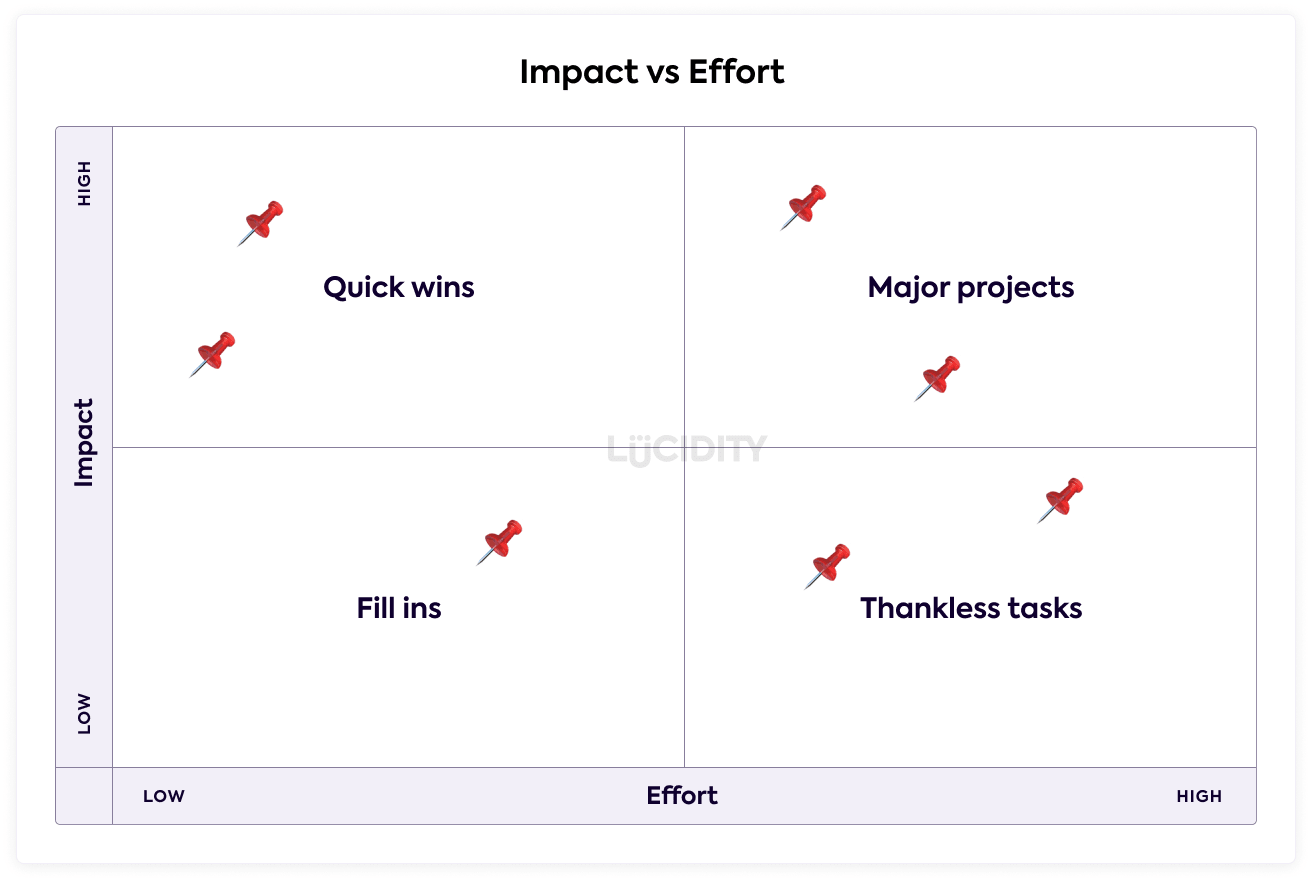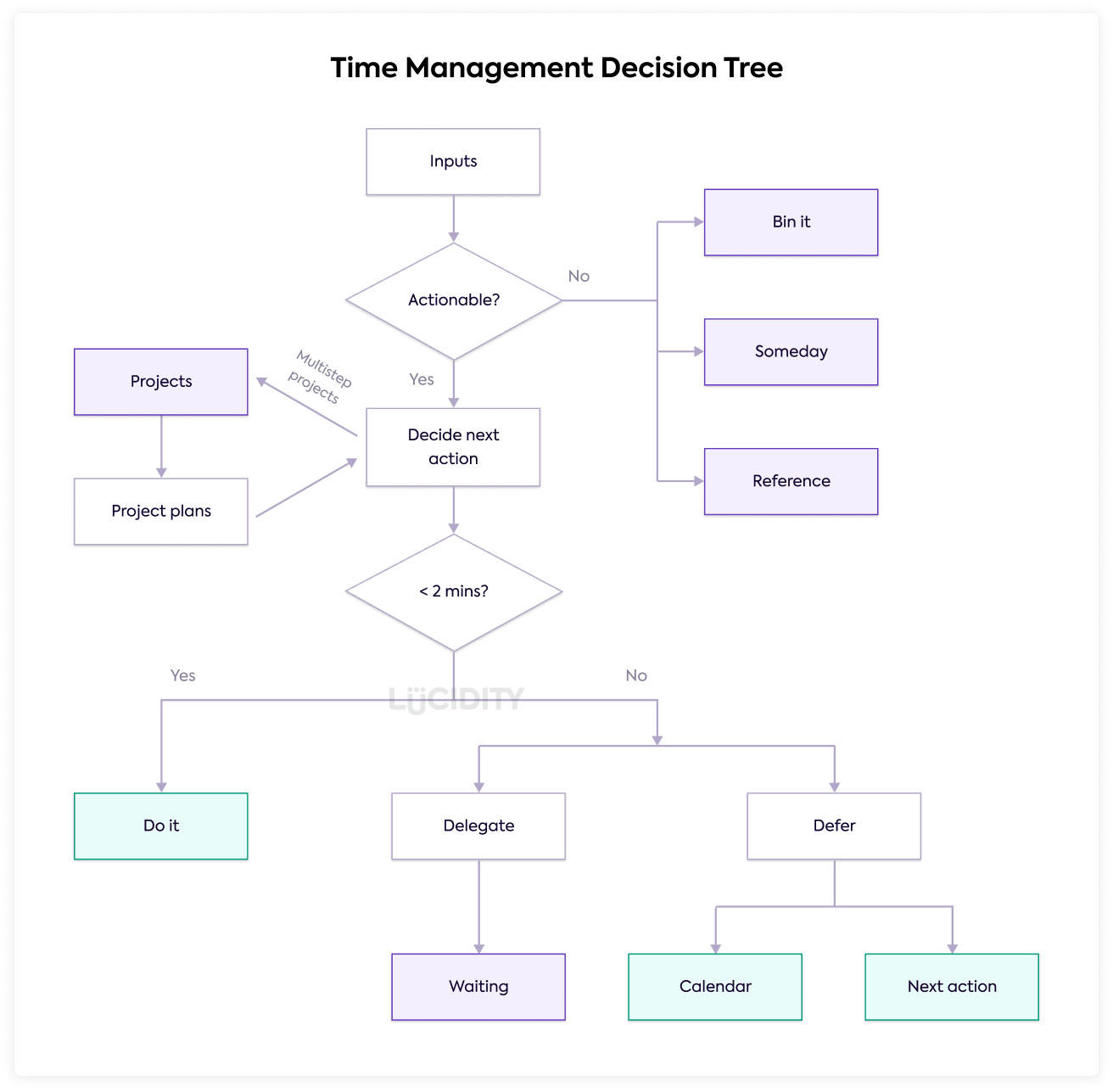I can’t imagine there are many people in business who don’t have extremely high workloads. We’re all faced with huge volumes of work and multiple tasks each and every day. It’s hard enough to get through the day-to-day jobs, let alone finding the time and space to step away and think strategically. But getting that distance and being able to focus without distractions is crucial to strategic planning. And, of course, strategic planning is crucial for growth.
That is why I firmly believe that mastering your time management is one of the most valuable things you can do, especially if you are in a leadership or management position. Developing effective time management skills will transform not only your day-to-day productivity and performance, but also your ability to think strategically and make a significant impact on the success of your organization.
Time management became a real issue for me as I moved up the ranks of a global IT corporation. I hit a point where I felt I was struggling to get everything done and was especially concerned that I did not have enough time to devote to strategy. This is when I embarked on a Time Management course and it was the most useful day of my working life. Here are the lessons I learnt then, and some others I have picked up through the rest of my career…
Ditch the Guilt
One of the first lessons I took away from that time management course, was not to feel guilty if you can’t get everything done in your workday. This was very liberating – feeling guilty just wastes time you could be using to get work done.
Get Good at Prioritizing
The key to getting things done is prioritization – there’s always too much to be done, so the key is to prioritize the important things. You must address your high priority activities and tasks; you must address your business’s business priorities, even though they may not always be your priorities.
The TTD List
A classic tool for time management is the Things to Do (TTD) List, which I still use. You should capture everything you need to do in the next day or two. Break up big tasks into smaller chunks. Prioritize them – A for most important, then B and C. Also estimate the time it will take to complete the tasks – this helps in seeing if everything can be fitted into your day. I then sequence the activities into the order in which I should carry them out. Not only does this organize your day, but it comes in useful if you have to re-prioritize to tackle something unexpected.
| Sequence | Class | Task | Time |
|---|---|---|---|
| 1 | A | Do charts for TLP presentation | 75 |
| 2 | A | Prepare for conference call | 15 |
| 5 | A | Chair conference call | 60 |
| B | Remaining actions from Singapore meeting | ||
| 3 | A | Call Mark K re account in Turkey | 10 |
| 4 | A | Review RP nomination | 20 |
| 6 | A | Set up review of implementation plans at client | 30 |
| C | Complete Individual Development Plan | ||
| 7 | A | Begin draft review report of account review | 60 |
Another tip is to create a TTD list every evening, to cover the following day. This helps you to relax and sleep better, and your subconscious can get to work overnight. After a few years of doing this, I decided to buy an A4 one day per page diary and put my TTD lists there. Yep, a good old-fashioned paper diary! This has two other advantages – you can add things for forthcoming TTD lists on the dates on which you plan to do them, and it provides a record of what you had planned to do.
Important Vs Urgent
When prioritizing activities or tasks, it is important to distinguish between important and urgent tasks. US President Eisenhower, who was Supreme Commander of the Allied Forces in Europe in World War II, had a principle “What is important is seldom urgent and what is urgent is seldom important”. A way to look at it is that important tasks have outcomes that lead to the achievement of your goals; urgent tasks need immediate action but are about achieving someone else’s goals.
Every so often, I take my current activities and tasks and rate them in terms of importance and urgency
- If they are urgent but not important, do the urgent and important things first
- If they are important and not urgent, do them before they become urgent
- If they are not urgent and not important, ask yourself why you’re doing them at all
- Remember, there’s a difference between immediate and important
If the important stuff can be predicted, prioritize it based on your experience and put it in your diary and, eventually, TTD list. Unforeseen important tasks will crop up – it’s worth having some lower priority tasks in your diary that you can reschedule. Urgent and not important stuff are often interruptions. Deal with then by saying NO – politely, by helping people to solve their problems themselves or by putting aside time in your diary when you can be interrupted.
If things are not urgent but important, do them before they become urgent. If they are not urgent and not important, either ignore them or say NO politely.
Prioritize your bigger activities periodically – every couple of months, collect your projects together and do the important/urgent prioritization described above.
Impact Vs Effort
Another part of the approach to time management is to understand where you spend your time, and whether that time is well spent. It’s worth making a log of the activities that comprise your day, how long they take and what value or impact results from doing them. This could lead you to eliminate low impact activities and free up time.
You can create another matrix from your activities and have another way to characterize what you do, based on effort needed and expected impact.
Optimize Meetings
Meetings can be a great waste of time. Who hasn’t sat in meetings that have too many attendees, take too long and achieve little? These guidelines will make meetings effective, and short…
- Start on time and end on time. Don’t wait for stragglers to arrive – they will soon get the message that the must be prompt
- Your meetings should focus on creating outcomes, not on reporting
- Set aside time in your diary the day before to prepare
- Everyone in the meeting should be prepared and have a role to play
- Take time at the end to recap and get next actions started. Devote ten minutes per hour of meeting time to recap and starting the actions identified in the meeting
- FOLLOW UP on action items – place a reminder in your diary
David Allen & The Getting Things Done Method
About ten years ago, I was appointed a Visiting Professor in Innovation at UCL, teaching in the Department of Computer Science and the School of Management. I was asked to teach a class on Time Management, to help the students use their time more efficiently. As well as the tips above, I drew on the book Getting Things Done by David Allen, whose lessons I’ve incorporated into my daily routine.
The keys to the Allen method are to
- Empty your mind
- Get everything into an external system
- Identify the next action to be taken
- Let go
There are five stages:
- Collect together everything that represents something you must do and haven’t completed. Sources of input could be a physical in-basket; paper notes; digital notes; voicemail; email; messages on your comms system. Get the stuff collected together and out of your head. Resist the temptation to process stuff in this phase. You will empty the collection system in the next phase.
- Process
- Organize
- Review your system regularly
- Do stuff; Take Action
How to Process Your ‘Stuff to Do’
Let’s use this diagram to look at the Processing system…
This ties in with the two minute system. Take your inputs – can you take action on them? If not you either put them in Trash (aka throw them away), put in a Someday bucket (to be actioned at at some future point) or file them under References, to be retrieved as needed.
If they are actionable, you need to decide on the next action. If they are projects (i.e. activities needing more than one step) file them in a Projects bucket, which you will process later to build project plans. These plans will yield further actionable items, which you will then process.
If the inputs can be actioned in less than two minutes, do them immediately and get them out of the way; it’s faster than putting it into your system. Two minutes can be three is you have plenty of time; can be less than two if you are busy.
If the inputs cannot be actioned in less than two minutes, you have two choices – you can Delegate them to someone else to do or you can defer them by putting them into your calendar to be retrieved and actioned at a specific time. Also, understand the difference between delegating and abdicating responsibility. Don’t keep on the delegatee’s back; you have to trust him/her, but you can ask from time to time if he/she needs help. You’ll soon find out if the person is trustworthy. Trusting people usually makes them trustworthy.
At some stage, the delegatee will have finished, so the action will pop up again. You need to check it’s been actioned – the review process should do that for you.
The Calendar is for things that need to be done at a specific time, e.g., attend a meeting, send off a job application, attend a workshop; it’s not a TTD list.
Finally, when you’ve not put things into buckets for the future, you arrive at Next Action – this is about defining something you can do; it must be a physical action. It’s not “think about xxx” but could be “Draft ideas/plans for xxx”.
If you operate this method correctly, you will have a lot of Next Actions. It helps to categorize them by context. For example, put all your phone calls together and knock them off when you can. With a mobile phone, you can do these almost anywhere. You might have a category of “Errands” – group these together so you can do lots of them when you’re out at the shops. Another might be “At home” – if you need stuff, e.g. cooking. “At work”, if you need reference material, access to systems. “At computer”, if you need your computer to action things. Create a list for each category – you will have different lists to my examples.
This may seem a lot of work at first but, once started, it becomes much easier. The critical success factor is the Review. You should naturally look at your calendar on a daily basis, probably more often; auto reminders help. You must get in the habit of doing a weekly review; a good time to do this is Friday after lunch. This allows you to catch people before they go home. It will also clear your head so you can relax at the weekend. Or, if you’re in IT, so you can plan your weekend work.
Finally, you need to Do stuff; Take Action. There are several things to take into account…
- Do you have enough time to carry out the action? If not, pick a shorter action
- Do you have enough energy? Are you flat? If so, find something less demanding
- Context: Are you going round the shops? Can you do all your errands?
- Priority – choose high priority items
This is a threefold model for evaluating daily work
- You can do the work you’ve already got on your lists and work through that
- You can do work as it shows up – e.g. your boss asks you to do something
- You can work at sorting your inputs and putting stuff on your various lists; this will have greatest payback
Be careful of getting sucked into doing stuff as it shows up; you will revert to being unplanned and out of control.
Lastly, here is a quotation from Mark Twain “The secret of getting ahead is getting started. The secret of getting started is breaking your complex overwhelming tasks into small manageable tasks, and then starting on the first one.”
Get more tips and advice on being a strategic leader
Straight in your inbox. That will save time ✅
By subscribing up you are agreeing to the terms of our privacy policy














